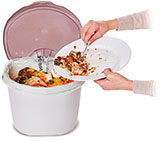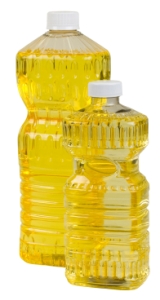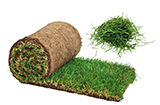Food and yard waste bylaw for commercial waste
As of Nov. 1, 2017, businesses and organizations are required to separate food and yard waste from the garbage for composting or diversion.
Since Nov. 1, 2016, businesses and organizations must recycle a specific list of materials. See Recycling Bylaw Requirements.
You must also provide signage on all collection containers and education to tenants at least once per year. See the Signage and Education Requirements.
Are you a business, company or organization?
This bylaw applies to all businesses and organizations, including property management companies, offices, stores, malls, restaurants, hotels, schools, healthcare facilities, manufacturers, factories, non-profits, places of worship, warehouses and other operations.
Program resources
Find online tools, signs and posters, best practices and success stories to help you get started with your diversion programs. See Business Waste Program: Tools and Resources.
You can also subscribe to our waste diversion business newsletter to stay up to date with commercial waste program changes.
Looking for disposal options for business waste items? Find disposal options and instructions at Waste Disposal Options for Business.
How to comply with the food & yard waste bylaw
To comply with this bylaw, businesses and organizations will need to do the following:
- Decide who will collect your food and yard waste
Calgary businesses and organizations vary significantly in size and the kind of waste they produce. That's why your business or organization has the flexibility and choice to work with a food and yard waste collection company that best meets the needs of your business.
Check out the directory of collection companies that provide food and yard waste (organic) services.
If you already have City of Calgary service or are interested in learning more about our services, see City of Calgary Commercial Waste Collection Services.
- Make sure you accept the right materials
Your food and yard waste program must accept the following items:
All food (raw and cooked)








Food soiled paper


Fats, oil and grease*
*Food service businesses are required to safely dispose of commercial quantities of fats, oils and grease. For more information visit Fats, Oils and Grease

Yard waste*
*Your yard waste may be handled by a landscaping company. Ask your service provider how they dispose of yard waste to ensure it is diverted from the landfill.




- Where - Decide where to store your food and yard waste
You will need to find a location to store your business or organization's food and yard waste. The location should be easy for your tenants to use and have enough containers so that they are not overflowing between collection days.
You will not generate more garbage by separating food and yard waste. By diverting this material, you will be reducing the amount of garbage left over.
We recommend speaking to a collection company who can help you find a suitable storage location.
- Inform your employees and tenants about the food and yard waste program
Food and yard waste diversion may be a new program for your business. Employees and tenants need to be informed of the food and yard waste opportunity available to them.
You will need to ensure that there is clear signage on the containers that indicates the materials that can be disposed. This helps tenants, employees and customers quickly understand which containers materials should go into.
You will also need to inform your employees and tenants of the list of food and yard waste materials that can be collected and the proper method for preparing and sorting waste material for collection.
This information needs to be shared at least annually, and with new employees and tenants. A letter template for tenants is on our education and resources page.

